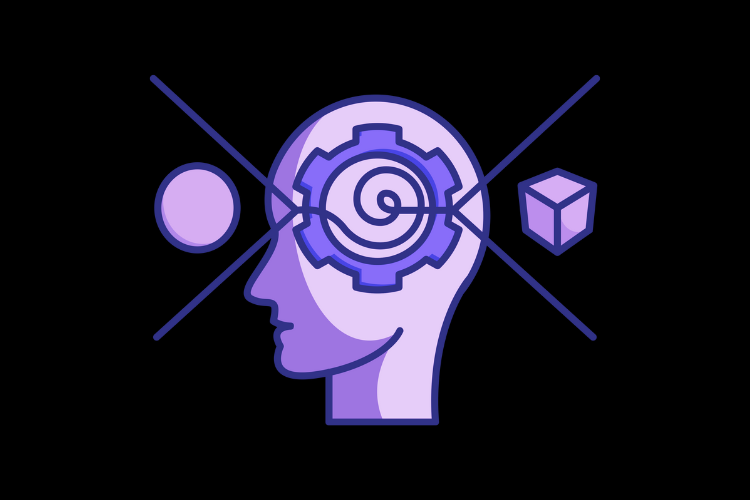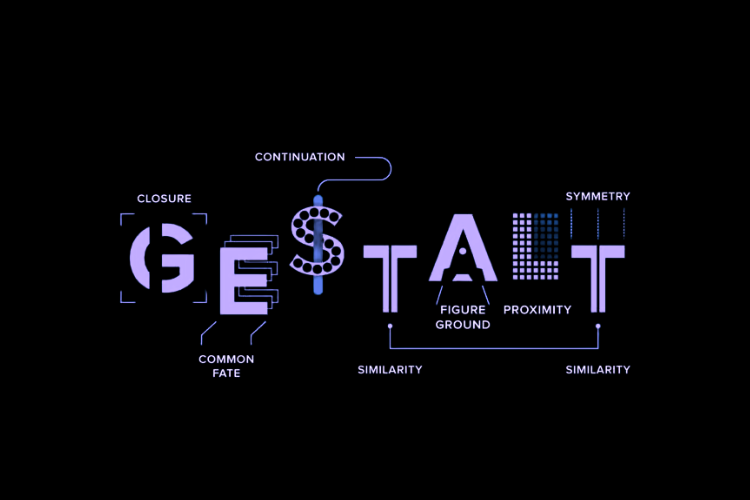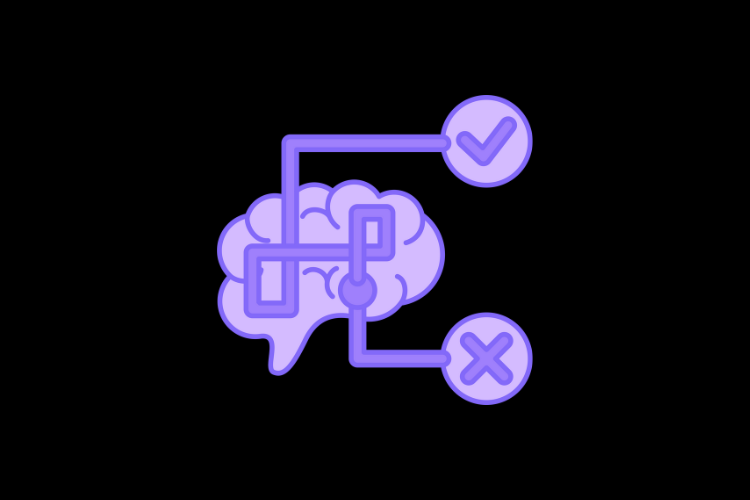What is Cognitive Bias?

Imagine you’re shopping for a new laptop and one of the first laptops you see is priced at $2,500. Afterwards, you find another laptop that is similar in specs, but priced at $2,000. This second laptop suddenly seems like a “good deal”, even though the laptop is still objectively expensive. Has something like this ever happened to you? This is known as an Anchoring Bias, and businesses often use it to steer customers toward a product they really want to selll. The Anchoring Bias is one of many Cognitive Biases that can alter the way we think or perceive things. Cognitive biases are a byproduct of heuristics and can result in distorted perceptions, flawed judgments, or inaccurate conclusions. As UX and product designers, we can make use of cognitive biases to improve our products by understanding them.
Why Cognitive Biases Matter
Everyone has cognitive biases, some people are aware of them and some aren’t, but they are simply a part of how we perceive the world around us. These biases influence the user’s decision-making, beheavior, and interactions with our products. It’s important to recognize these biases so we can create more intuitive experiences that synergize with these biases. Let me give you an example. The Ikea effect is a cognitive bias where people attribute a higher value and satisfaction to products they partially help create or assemble. This is a powerful shift in perspective because the furniture intrinsically is the same no matter who built it. In design, we can leverage this to improve our product and user satisfaction. If you’re designing a dashboard, let the user personalize and customize their experience. Whether this means having the user select preferences during onboarding to display certain preset templates or even letting the user add/remove/move widgets within the dashboard. Not only does this improve their satisfaction, but it also enhances product engagement.
Negative Effects of Cognitive Biases in Design
As designers, we are also vulnerable to cognitive biases. If we don’t recognize them ourselves, it can negatively affect the design and testing process. One of the most common biases in scientific testing is the confirmation bias. The Confirmation Bias is a tendency to search for evidence that aligns with our pre-existing beliefs. As a designer, you may focus only on feedback that aligns with what you believe the best design is and disregard feedback that challenges your preconceived notions. The Framing Effect presents a similar problem, as how you frame a question can lead users to different answers. Here is an example. When you present a wireframe to a user for testing how you ask a question can alter the answer:
Negative Framing: “How ineffective do you find this CTA?”
Neutral Framing: “How would you rate the effectiveness of this CTA?”
The positively framed question leads the user to focus on the strengths of the CTA, while the negatively framed question leads the user to focus on the weaknesses of the CTA. The neutrally framed question avoids bias and will elicit a more honest and objective answer.
Conclusion
Understanding and recognizing cognitive biases is essential for creating effective UX. As designers, it’s crucial to be mindful of how biases can shape both the users’ decisions as well as our own design choices. Hopefully, this blog has helped you understand the importance of cognitive biases. There are many more than the four I mentioned in this blog, and I will cover many more in the future, so check back often for new blogs!
Summary
- Cognitive Bias
A cognitive bias is a distortion in perception that exists as a byproduct of heuristics. These biases shape user decisions, behaviors, and interactions.


